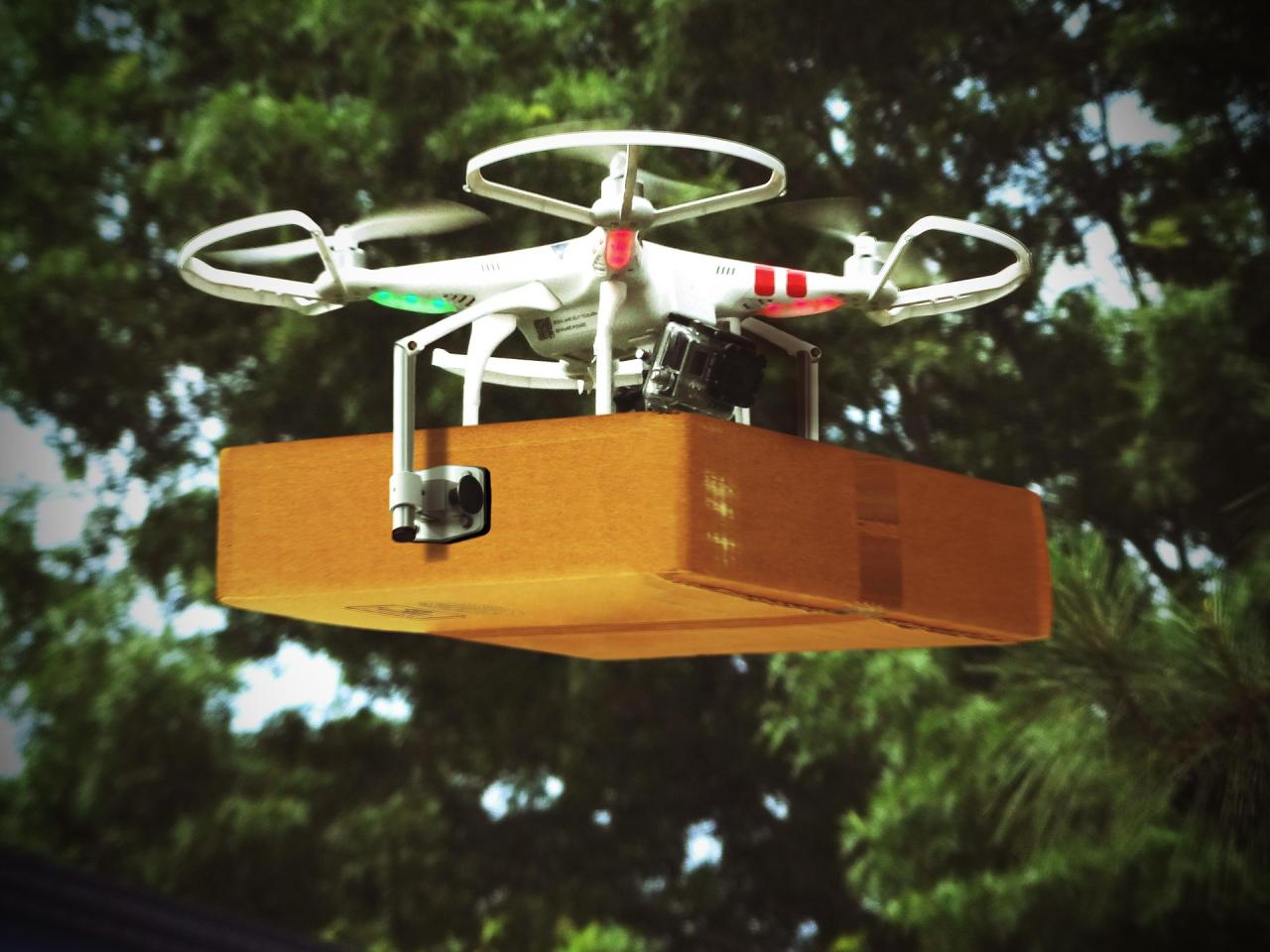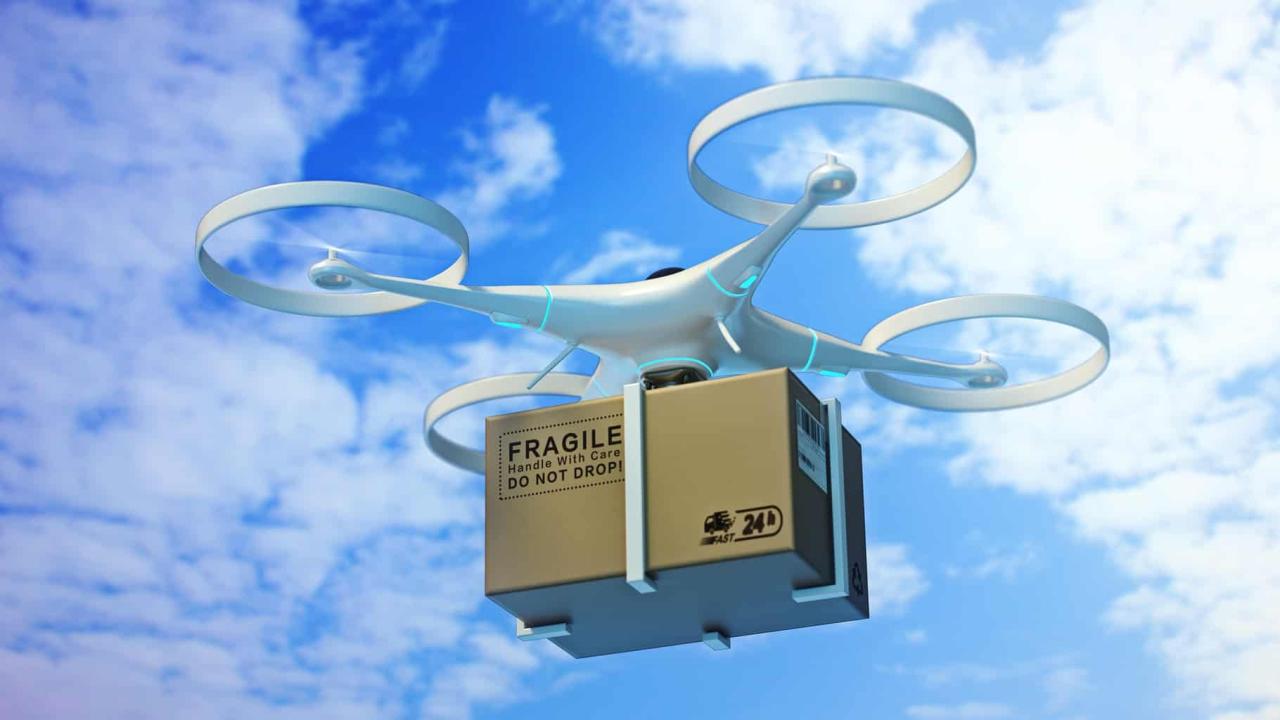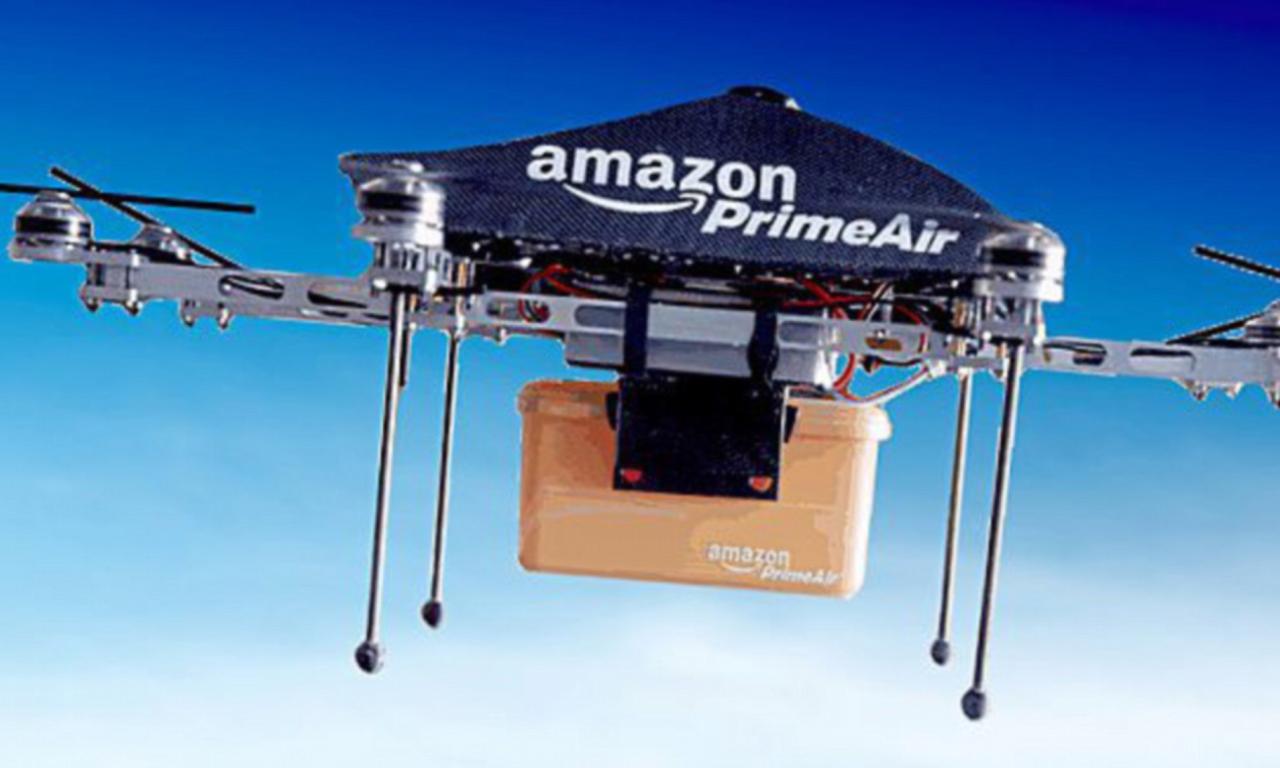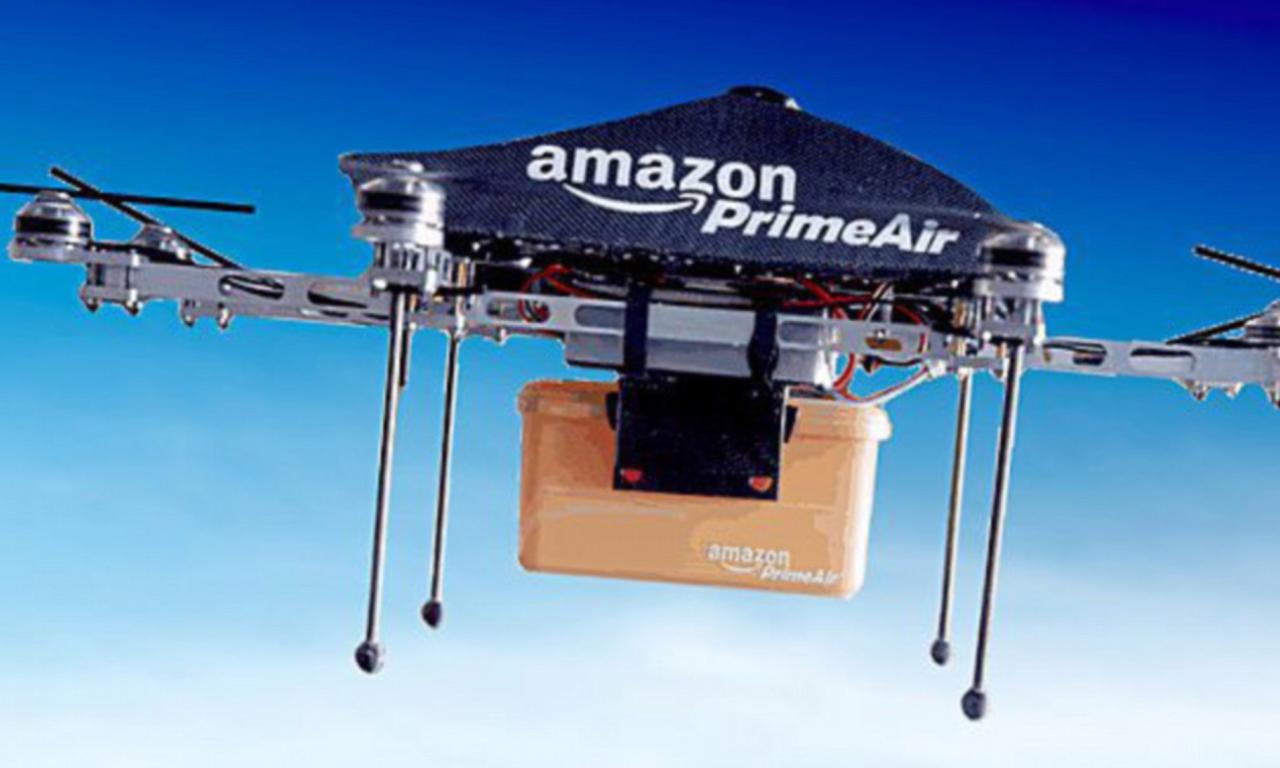Amazon drone delivery locations are rapidly expanding, marking a significant shift in how we receive packages. This exploration delves into the current state of Amazon’s drone delivery program, examining its geographical reach, the types of packages it handles, and the technological infrastructure powering this innovative service. We’ll also look at the challenges and opportunities that lie ahead, including regulatory hurdles, future expansion plans, and the environmental impact of this emerging technology.
From logistical considerations to the competitive landscape, we’ll cover the key factors influencing the selection of drone delivery locations. Understanding these aspects is crucial to appreciating the potential and limitations of this revolutionary delivery method. We’ll analyze how factors like population density, infrastructure, and regulatory environments shape the rollout of this technology.
Amazon Drone Delivery Program: A Comprehensive Overview: Amazon Drone Delivery Locations

Amazon’s drone delivery program, known as Amazon Prime Air, represents a significant leap forward in logistics and e-commerce. This program aims to revolutionize package delivery, offering faster and potentially more environmentally friendly options. This article delves into the current state of Amazon Prime Air, exploring its geographical reach, technological underpinnings, future prospects, and impact on consumers and the environment.
Amazon’s expanding drone delivery locations are pretty cool, right? But safe operation is key, as highlighted by the recent mishap; check out the details of the orlando drone show accident to see what can go wrong. This incident underscores the importance of rigorous testing and safety protocols as Amazon continues to roll out its drone delivery network to more areas.
Current Amazon Drone Delivery Program Status, Amazon drone delivery locations

Amazon Prime Air’s current operational scope is limited to specific regions in the United States. The service isn’t available nationwide and operates within a carefully selected network of delivery hubs and designated airspace. Currently, only smaller, lighter packages are eligible for drone delivery, typically items that can fit within a specific size and weight constraint. This restriction is primarily due to limitations in drone carrying capacity and regulatory requirements.
The technological infrastructure behind Amazon Prime Air includes a sophisticated network of drone delivery hubs, advanced drone technology equipped with obstacle avoidance systems and GPS tracking, and a robust command and control system for monitoring and managing drone operations. This system also involves intricate integration with Amazon’s existing logistics network.
Amazon’s expanding drone delivery network is pretty cool, aiming to reach more homes soon. However, remembering the recent issues, like that orlando drone show malfunction , highlights the importance of reliable drone technology. These incidents remind us that perfecting autonomous flight for delivery, even for something as seemingly simple as package drop-off, still requires a lot of work.
So, while we anticipate more Amazon drone delivery locations, safety and reliability remain key concerns.
| Delivery Method | Average Delivery Time | Cost | Environmental Impact |
|---|---|---|---|
| Amazon Drone Delivery | 30 minutes – 1 hour (depending on distance) | Potentially lower than traditional methods for short distances | Lower carbon footprint per delivery compared to traditional methods, depending on energy source. |
| Traditional Ground Delivery | 1-7 days (depending on location and shipping method) | Varies depending on distance, weight, and shipping speed | Higher carbon footprint due to vehicle emissions and transportation distances. |
Factors Influencing Drone Delivery Location Selection
Expanding drone delivery locations faces several challenges. Logistical complexities include airspace management, ensuring safe and efficient drone operations around obstacles, and the need for reliable infrastructure to support drone charging and maintenance. Regulatory hurdles vary significantly across different regions and countries, with varying degrees of airspace restrictions and safety regulations impacting drone deployment. Population density and infrastructure are crucial considerations.
High-density urban areas often pose challenges due to airspace congestion and building density, while sparsely populated rural areas may lack the necessary infrastructure for effective drone operation and maintenance. Urban environments present unique challenges due to obstacles and air traffic, while rural areas present different challenges like longer distances and lack of infrastructure.
Future Expansion Plans and Predictions

Within the next 5 years, we can expect a significant expansion of Amazon Prime Air’s geographical reach, potentially including more urban areas and possibly international expansion into countries with favorable regulatory environments. Amazon’s expansion strategy will likely focus on gradually increasing operational areas, starting with regions that offer a good balance of population density, favorable regulatory frameworks, and existing infrastructure.
Amazon’s expanding drone delivery locations are pretty cool, aiming to bring packages to your doorstep faster. However, incidents like the recent orlando drone show accident highlight the importance of safety and regulatory oversight in drone operations. This accident underscores the need for robust safety protocols as drone delivery networks continue to grow and become more widespread.
Future technological advancements, such as improved battery technology for longer flight times, advanced AI-powered obstacle avoidance, and autonomous drone management systems, will play a critical role in expanding drone delivery capabilities. Potential new locations for drone delivery could include suburban areas with sufficient open space and well-defined delivery zones, and smaller cities with less congested airspace compared to major metropolitan areas.
The selection will prioritize areas with robust infrastructure to support drone operations and positive regulatory environments.
- Suburban areas near existing Amazon fulfillment centers.
- Smaller cities with less air traffic congestion.
- College campuses with defined delivery zones.
Impact on Consumers and the Environment

Drone delivery promises a significant improvement in consumer experience, offering faster delivery times and increased convenience. However, concerns remain regarding noise pollution and potential safety risks. The environmental impact is complex. While drone deliveries can reduce carbon emissions per package compared to traditional methods, particularly for short distances, the overall environmental impact depends on the energy source used to power the drones and the scale of deployment.
Widespread adoption could create significant economic benefits for Amazon and consumers, potentially lowering shipping costs, but it might also displace jobs in traditional delivery sectors.
- Advantages for Consumers: Faster delivery, increased convenience, potential cost savings.
- Disadvantages for Consumers: Potential noise pollution, safety concerns.
- Advantages for Environment: Reduced carbon emissions (potentially), less traffic congestion.
- Disadvantages for Environment: Noise pollution, potential battery waste.
Competitive Landscape and Technological Advancements
Amazon faces competition from other companies developing drone delivery technologies. Technological advancements such as improved battery technology, more sophisticated autonomous navigation systems, and integration with other logistics networks will continue to shape the competitive landscape. Amazon’s strategies to maintain a competitive edge include investing heavily in research and development, securing regulatory approvals, and building strategic partnerships. A next-generation drone delivery system might feature hybrid propulsion systems (combining electric motors with other power sources for extended range), advanced AI-powered obstacle avoidance, and swarm technology for coordinated delivery operations.
These drones could be capable of delivering heavier packages over longer distances with enhanced safety and efficiency.
Epilogue
The future of Amazon drone delivery locations is bright, promising faster, more efficient, and potentially more environmentally friendly deliveries. While challenges remain, the ongoing technological advancements and Amazon’s commitment to innovation suggest a significant expansion in the years to come. Understanding the current limitations and potential future developments is key to grasping the transformative impact of drone delivery on both consumers and the environment.
FAQ Overview
How much does Amazon drone delivery cost?
The cost is currently integrated into the standard Amazon Prime shipping fee for eligible items. There’s no additional charge for drone delivery itself.
What happens if my drone delivery is delayed?
Amazon will provide updates via the app and email. If there’s a significant delay, they will likely offer alternative delivery options or a refund.
Are there weight restrictions for drone deliveries?
Yes, there are weight and size limitations. Currently, only smaller packages are eligible for drone delivery.
How safe are Amazon drone deliveries?
Amazon employs advanced safety measures, including redundant systems and obstacle avoidance technology. However, as with any delivery method, there’s an inherent level of risk.
